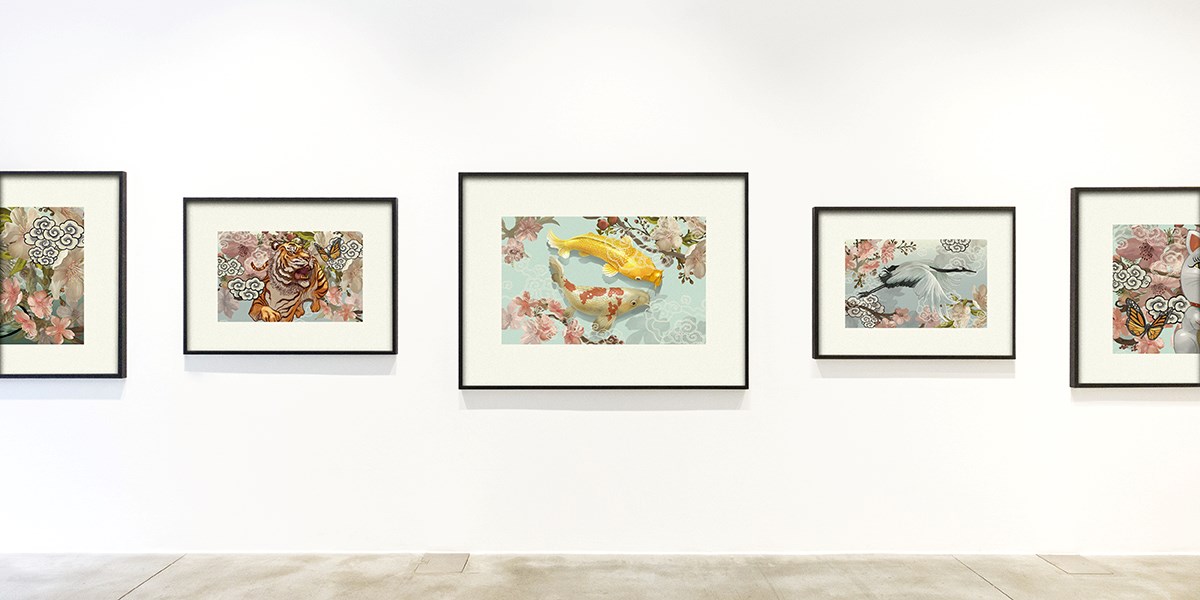

Articles
How To Store Art Prints
Modified: December 7, 2023
Learn the best practices for storing art prints and preserving your articles in this comprehensive guide. Find out how to protect your valuable collections from damage and deterioration.
(Many of the links in this article redirect to a specific reviewed product. Your purchase of these products through affiliate links helps to generate commission for Storables.com, at no extra cost. Learn more)
Introduction
Art prints are treasured possessions that can add beauty and character to any space. Whether you’re an avid art collector or have just started building your collection, properly storing your art prints is essential for their preservation and longevity. Proper storage not only protects your prints from damage and deterioration but also allows you to enjoy them for years to come.
In this article, we will discuss the importance of proper art print storage and provide you with essential tips and guidelines to ensure your art prints remain in optimal condition. From selecting the right storage materials to organizing and maintaining your prints, we will cover all the necessary steps to safeguard your investment.
Without proper storage, art prints can be susceptible to various damaging factors such as light, dust, humidity, and temperature fluctuations. By understanding the importance of these factors and implementing the right storage practices, you can protect your art prints and preserve their value.
Whether you have limited wall space or are planning to rotate your art collection, knowing how to store your art prints properly is crucial. So, let’s dive in and explore the best practices for art print storage!
Key Takeaways:
- Proper art print storage is crucial for preserving their beauty and value. From choosing acid-free materials to creating a climate-controlled environment, every step plays a significant role in maintaining the integrity of your collection.
- Organizing and labeling your art prints is essential for easy management and retrieval. By categorizing, using archival-quality containers, and maintaining a digital catalog, you can ensure your collection remains well-structured and easily accessible.
Read more: How To Store Sublimation Prints
Importance of Proper Art Print Storage
Proper art print storage is essential for the long-term preservation and protection of your valuable pieces. Here are some key reasons why it is important to store your art prints correctly:
- Prolongs the lifespan: Art prints, like any other artwork, are susceptible to damage over time. Exposure to light, moisture, and environmental pollutants can cause fading, discoloration, and deterioration of the prints. By storing them properly, you can extend their lifespan and maintain their original beauty.
- Preserves their value: Investing in art prints can be a significant financial commitment. Proper storage helps preserve their value, ensuring that you can maintain their worth and potentially even enhance it over time. A well-preserved print will have a higher resale value if you ever decide to part with it.
- Protects against physical damage: Art prints are delicate and can easily get scratched, torn, or creased. Storing them in a protective casing or using acid-free materials helps shield them from physical damage, such as fingerprints, moisture, and accidental mishandling.
- Prevents exposure to harmful elements: Your art prints are constantly exposed to a wide range of environmental factors that can harm their integrity. Ultraviolet (UV) rays, excessive heat, humidity, and pollutants in the air can all contribute to the deterioration of your prints. Proper storage minimizes their exposure to these harmful elements.
- Facilitates easy organization and retrieval: Storing your art prints in a systematic and organized manner makes it easier to locate and retrieve them whenever you want to display or enjoy them. Labeling and categorizing your prints helps maintain an inventory and makes the entire process of accessing your collection hassle-free.
By recognizing the importance of proper art print storage, you can ensure that your collection remains in pristine condition and continues to bring joy and inspiration to your life for years to come.
Factors to Consider Before Storing Art Prints
Before you start storing your art prints, it is important to consider several factors that can influence the condition and longevity of your prints:
- Light exposure: Light can cause fading and discoloration of art prints over time. It is crucial to store your prints in a location away from direct sunlight or bright artificial light to minimize light damage.
- Temperature and humidity: Fluctuations in temperature and humidity can lead to mold growth, warping, and other forms of damage. It is best to store your art prints in a climate-controlled environment where the temperature is consistent and humidity is kept at an optimal level.
- Protection from dust and debris: Dust and debris can settle on the surface of your art prints, affecting their appearance and potentially causing damage if not cleaned properly. Utilizing protective coverings, such as acid-free sleeves or glassine paper, can help keep dust and debris at bay.
- Proper handling: When storing and handling your art prints, it is important to use clean hands or gloves to prevent oil, dirt, or moisture from transferring onto the prints. Avoid touching the surface of the artwork directly and handle the prints with care to prevent any accidental damage.
- Storage location: Choose a storage location that is clean, dry, and well-ventilated. Avoid basements, attics, or storage areas with high moisture levels or potential water leaks, as these conditions can create an unfavorable environment for your prints.
Considering these factors will help you determine the appropriate storage methods and materials to use, ensuring that your art prints are protected against potential damage and deterioration. Taking these precautions will ultimately contribute to the longevity and preservation of your collection.
Choosing the Right Storage Materials
When it comes to storing art prints, selecting the right materials is crucial to ensure their protection and longevity. Here are some key considerations when choosing storage materials:
- Acid-free materials: Opt for acid-free storage materials, such as acid-free sleeves, folders, and boxes, to prevent the prints from deteriorating over time. Acidic materials can cause discoloration, stains, and degradation of the paper, leading to irreversible damage.
- Archival-quality sleeves: Use archival-quality sleeves made from materials like polyester or polypropylene to protect your prints from dust, moisture, and light exposure. These sleeves should be free of PVC, which can emit harmful gases and acids that degrade the prints.
- Buffered storage materials: Buffered materials, like acid-free boards or tissue paper with an alkaline reserve, can help neutralize any residual acidity in the environment and protect the prints from further damage.
- Proper framing: If you choose to store your prints in frames, make sure the frames are made from acid-free materials and include UV-protective glass or acrylic to shield the prints from harmful UV rays.
- Flat storage: Flat storage is ideal for art prints to prevent them from curling or warping over time. Use acid-free flat files or portfolios to safely store your prints in a horizontal position, ensuring they remain flat and protected.
- Proper labeling: Label each storage container or sleeve with identifying information, such as the artist’s name, title, date, and any other important details. This will make it easier for you to locate specific prints and maintain an organized inventory.
Investing in high-quality, archival-grade storage materials may require an upfront cost, but it is a worthwhile investment in preserving the value and longevity of your art prints. Remember to regularly inspect and replace any damaged or deteriorated materials to ensure continued protection for your prints.
Preparing Art Prints for Storage
Before storing your art prints, it is essential to properly prepare them to ensure their longevity and protection. Here are some key steps to take when preparing your art prints for storage:
- Clean the prints: Start by gently dusting the surface of the prints with a soft, lint-free cloth or a brush specifically designed for artwork. Avoid using water or cleaning solutions unless recommended by a professional conservator.
- Protect the prints: Place your art prints in acid-free sleeves or archival-quality clear bags to shield them from dust, light, and moisture. If the prints are larger or require extra protection, consider using acid-free folders or encapsulation with archival polyester film.
- Use interleaving: For prints stored in flat files or portfolios, place acid-free interleaving sheets made from archival-quality tissue paper between each print to prevent them from sticking together or transferring any residual acidity.
- Avoid adhesive materials: Refrain from using adhesive materials, such as tape or glue, directly on the prints as they can cause irreversible damage. Instead, use acid-free photo corners or mounting corners to secure the prints within the sleeves or folders.
- Maintain a safe environment: Store your prepared art prints in a clean, dry, and climate-controlled space. Avoid areas prone to fluctuations in temperature, humidity, or exposure to direct sunlight.
- Create a record: Keep a detailed record of each art print, including information about the artist, title, size, date, condition, and any other relevant details. This will help you maintain an organized inventory and ensure easy retrieval when needed.
By taking the time to properly prepare your art prints for storage, you are laying the foundation for their long-term preservation. Following these steps will help protect against damage and ensure that your prints remain in optimal condition until you are ready to display or enjoy them again.
Store art prints in acid-free, archival quality folders or sleeves to protect them from light, moisture, and dust. Keep them flat in a cool, dry place to prevent warping or damage.
Read more: How To Store Canvas Prints
Storing Art Prints in a Climate-Controlled Environment
Creating a climate-controlled environment is crucial when it comes to storing your art prints. Fluctuations in temperature and humidity can cause irreversible damage to your prints, including warping, mold growth, and fading. Follow these guidelines to store your art prints in a climate-controlled environment:
- Temperature: Ideally, the temperature should be kept between 65-75 degrees Fahrenheit (18-24 degrees Celsius). Avoid extreme temperature changes, as rapid fluctuations can cause expansion and contraction of the print materials, leading to damage.
- Humidity: Aim for a relative humidity level of 40-50%. High humidity can promote mold growth and accelerate deterioration, while low humidity can cause prints to become brittle. Use dehumidifiers or humidifiers as necessary to maintain a stable humidity level.
- Avoid moisture and water: Ensure that the storage area is dry and free from any potential sources of moisture or water leaks. Humidity control devices, such as moisture absorbers or silica gel packets, can help reduce excess moisture in the storage space.
- Avoid direct sunlight: Direct sunlight can cause fading and discoloration of prints. Store your prints away from windows or use UV-protective window films or blinds to block out harmful UV rays.
- Air quality: Ensure good air circulation in the storage area to minimize the accumulation of pollutants that can damage the prints. Avoid storing prints near sources of smoke, chemicals, or strong odors.
- Consider a dedicated storage unit: If you have a valuable or extensive art print collection, you may want to consider renting a dedicated storage unit with climate control features. These units provide a controlled environment specifically designed to protect artwork.
Remember to regularly monitor the temperature and humidity levels in your storage area and make necessary adjustments as needed. Using a digital hygrometer or a climate-control system with built-in monitoring capabilities can help you maintain a stable environment for your art prints.
By storing your art prints in a climate-controlled environment, you are providing them with the optimal conditions for preservation, ensuring that they remain in excellent condition for years to come.
Organizing and Labeling Art Prints
Proper organization and labeling of your art prints are key to easily locating and managing your collection. Here are some essential tips for organizing and labeling your art prints:
- Categorize by theme or artist: Consider organizing your prints by theme, such as landscapes, portraits, or abstracts. Alternatively, you can categorize them by artist, making it easier to find specific pieces or track the works of a particular artist.
- Use archival-quality storage containers: Invest in archival-quality storage containers, such as acid-free boxes or portfolios, to safely store and organize your prints. These containers will protect your prints from light, dust, and other damaging factors.
- Create an inventory list: Maintain a detailed inventory list that includes information about each print, such as the title, artist, dimensions, and any other relevant details. This list will serve as a reference and help you keep track of your collection.
- Label the storage containers: Clearly label each storage container with the corresponding category or artist name. Use archival-quality labels or tags to avoid any potential damage to the prints. Additionally, consider numbering the containers to further streamline the organization process.
- Protect with acid-free dividers: Use acid-free dividers or tabs within storage containers to separate and organize your prints more efficiently. This will help prevent them from rubbing against each other and minimize the risk of damage or smudging.
- Maintain a digital catalog: Consider creating a digital catalog of your art prints, including high-resolution images and accompanying information. This allows you to have a visual reference of your collection and easily access details regardless of your physical location.
- Regularly update and review: Set aside time periodically to review and update your inventory list and organization system. Remove any prints that you no longer wish to keep and ensure that the remaining prints are properly labeled and stored.
By organizing and labeling your art prints, you will have a well-structured collection that is easy to manage and navigate. This will save you time and effort when searching for specific prints and contribute to the overall enjoyment and appreciation of your art collection.
Maintaining Art Prints to Ensure Longevity
Proper maintenance is essential for ensuring the longevity and preservation of your art prints. Here are some important practices to follow to maintain your prints in excellent condition:
- Handle with clean hands: Always handle your art prints with clean hands or wear gloves to prevent oils, dirt, or moisture from transferring onto the prints. Avoid touching the surface of the prints directly and hold them by the edges or with a clean cloth.
- Keep away from food and drinks: Avoid eating or drinking near your art prints to prevent accidental spills or stains. Liquids can quickly seep into the print material and cause irreversible damage.
- Regularly inspect the storage area: Check the storage area for any signs of pests, mold, excessive dust, or environmental issues that could affect the condition of your prints. Take prompt action to address any potential threats and ensure a clean and safe environment for your collection.
- Rotate the prints: Rotate your art prints periodically, especially if they are displayed in frames. This allows for even exposure to light and prevents one section of the print from fading more than the rest.
- Avoid excessive handling: Limit the amount of handling and display of your prints to minimize the risk of accidental damage. Excessive exposure to light, dust, and air can accelerate deterioration, so it is best to keep your prints stored when not in use.
- Handle with care during transportation: When transporting art prints, use sturdy, acid-free folders or portfolios to protect them from bending, creasing, or other forms of damage. Keep the prints away from direct sunlight and turbulent environments.
- Regularly dust the storage area: Dust accumulates over time, so it is important to regularly clean the storage area to prevent the buildup of dust on the prints. Use a soft, lint-free cloth or brush designed for artwork to gently dust the surfaces.
- Consult a professional conservator: If you notice any signs of damage or deterioration on your art prints, it is advisable to consult a professional conservator. They can assess the condition of the prints and provide expert advice on how to address any issues or preserve delicate prints.
By following these maintenance practices, you can ensure that your art prints remain in optimal condition and retain their beauty for years to come. Consistent care and attention will contribute to the longevity and enjoyment of your valuable art collection.
Displaying Art Prints Properly
Displaying your art prints properly not only allows you to enjoy their beauty but also helps protect them from damage. Here are some tips for displaying your art prints in a way that showcases their unique qualities while ensuring their preservation:
- Choose suitable frames: Select frames that complement the style of your art prints while providing protection. Opt for frames made from archival-quality materials, such as acid-free matting and UV-protective glass or acrylic, to shield the prints from light, dust, and moisture.
- Hang in the right location: Find a suitable location for displaying your art prints that is away from direct sunlight, high humidity, and extreme temperature fluctuations. Avoid areas prone to moisture or heavy traffic to minimize the risk of accidental damage.
- Use proper hanging techniques: Ensure that the frames are securely and evenly hung on the wall using appropriate hanging hardware. Use picture hooks or wall anchors that can support the weight of the frames to prevent them from falling or causing damage.
- Consider matting: Matting can add a decorative touch while providing a buffer between the print and the glass. Use acid-free and lignin-free mats to prevent the development of acids that can damage the print over time.
- Rotate the display: If you have a collection of art prints, consider rotating the display periodically. This helps minimize prolonged exposure to light and allows you to enjoy different pieces of your collection.
- Keep a safe distance: Ensure there is sufficient space between the art prints and any heat sources, such as radiators or fireplaces. Excessive heat can cause the prints to warp or fade, so maintaining a safe distance is important.
- Regularly clean the frames and glass: Dust the frames and clean the glass regularly to keep the prints looking their best. Use a soft, lint-free cloth or a specialized art glass cleaner to gently remove any dust or smudges without causing damage.
- Consider proper lighting: Use appropriate lighting to showcase your art prints. Avoid harsh, direct lighting that can cause fading or glare. Instead, opt for LED lights with adjustable brightness levels to create a gentle and well-balanced illumination.
By following these guidelines, you can display your art prints in a way that not only enhances their visual appeal but also ensures their long-term preservation. Properly displayed prints bring beauty and inspiration to your living space while maintaining their value and integrity.
Read more: How To Store Screen Print Transfers
Conclusion
Properly storing and maintaining your art prints is crucial for preserving their beauty, value, and longevity. By considering the various factors that can impact the condition of your prints, selecting the right storage materials, and implementing best practices, you can ensure that your art collection remains safe, protected, and well-preserved.
From choosing acid-free materials and climate-controlled storage environments to organizing and labeling your prints, every step plays a significant role in maintaining the integrity of your collection. By handling your prints with care, regularly inspecting and cleaning the storage area, and taking appropriate measures to avoid damage, you can protect your investment and enjoy your art prints for years to come.
Remember, art prints are not only a source of aesthetic pleasure but also a reflection of your personal taste and passion. By properly storing and maintaining them, you are paying homage to the artistic value they hold and ensuring that future generations can appreciate their beauty as well.
So, whether you have a small collection or an extensive one, make sure to implement these best practices to safeguard your art prints. Taking the time and effort to store and maintain them properly will not only protect your investment but also enhance your overall enjoyment of these timeless pieces of art.
Frequently Asked Questions about How To Store Art Prints
Was this page helpful?
At Storables.com, we guarantee accurate and reliable information. Our content, validated by Expert Board Contributors, is crafted following stringent Editorial Policies. We're committed to providing you with well-researched, expert-backed insights for all your informational needs.
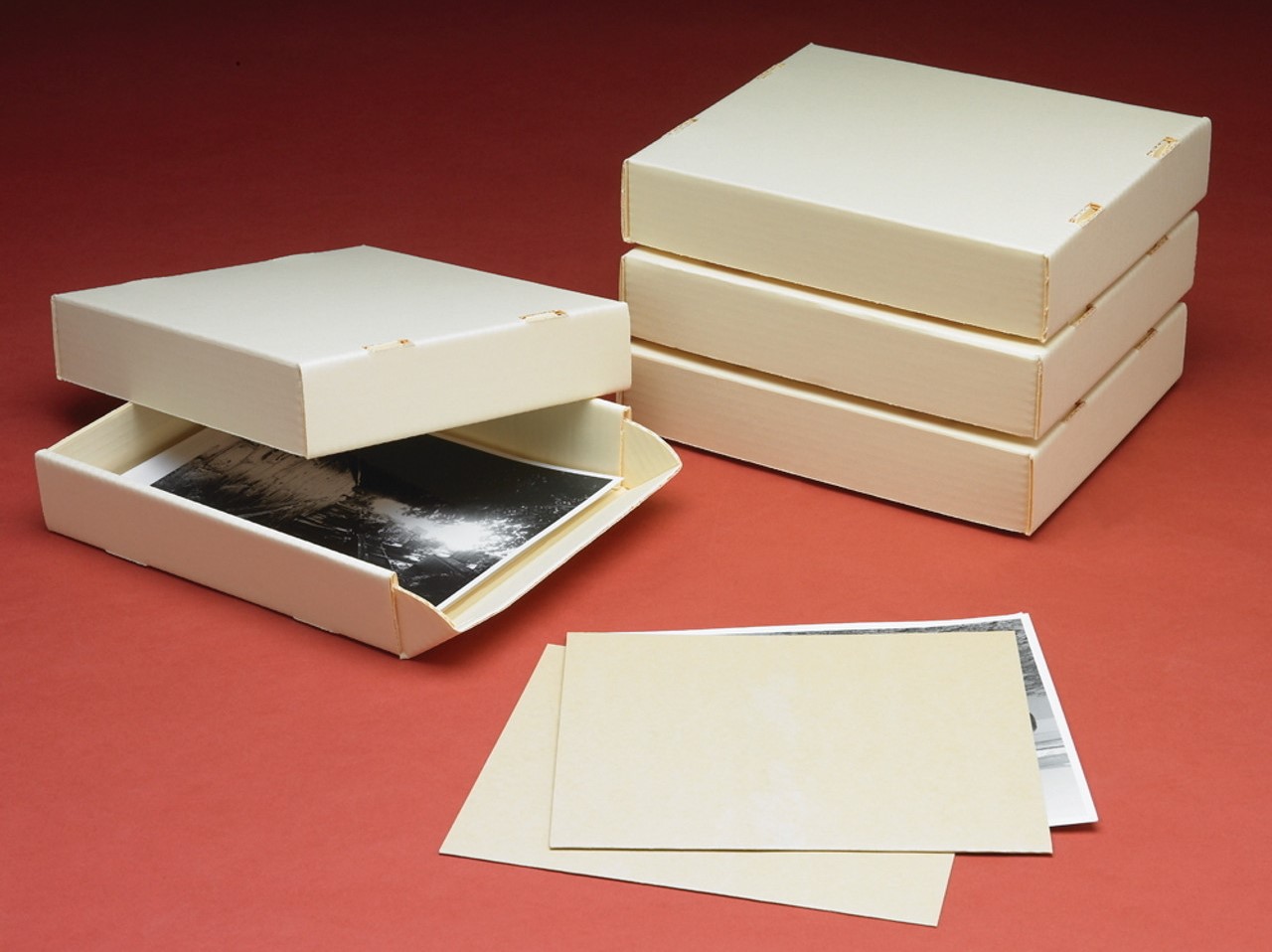
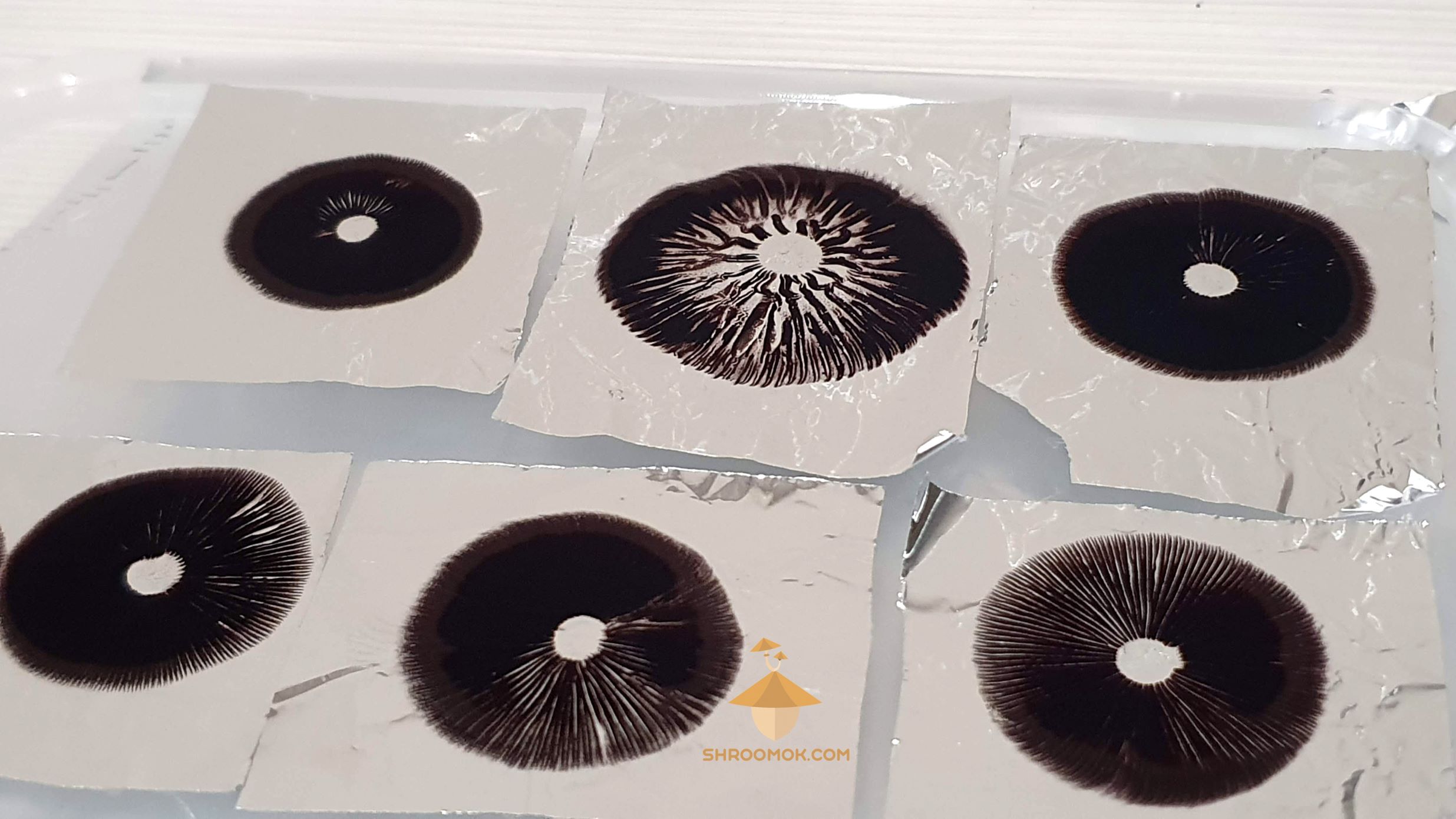
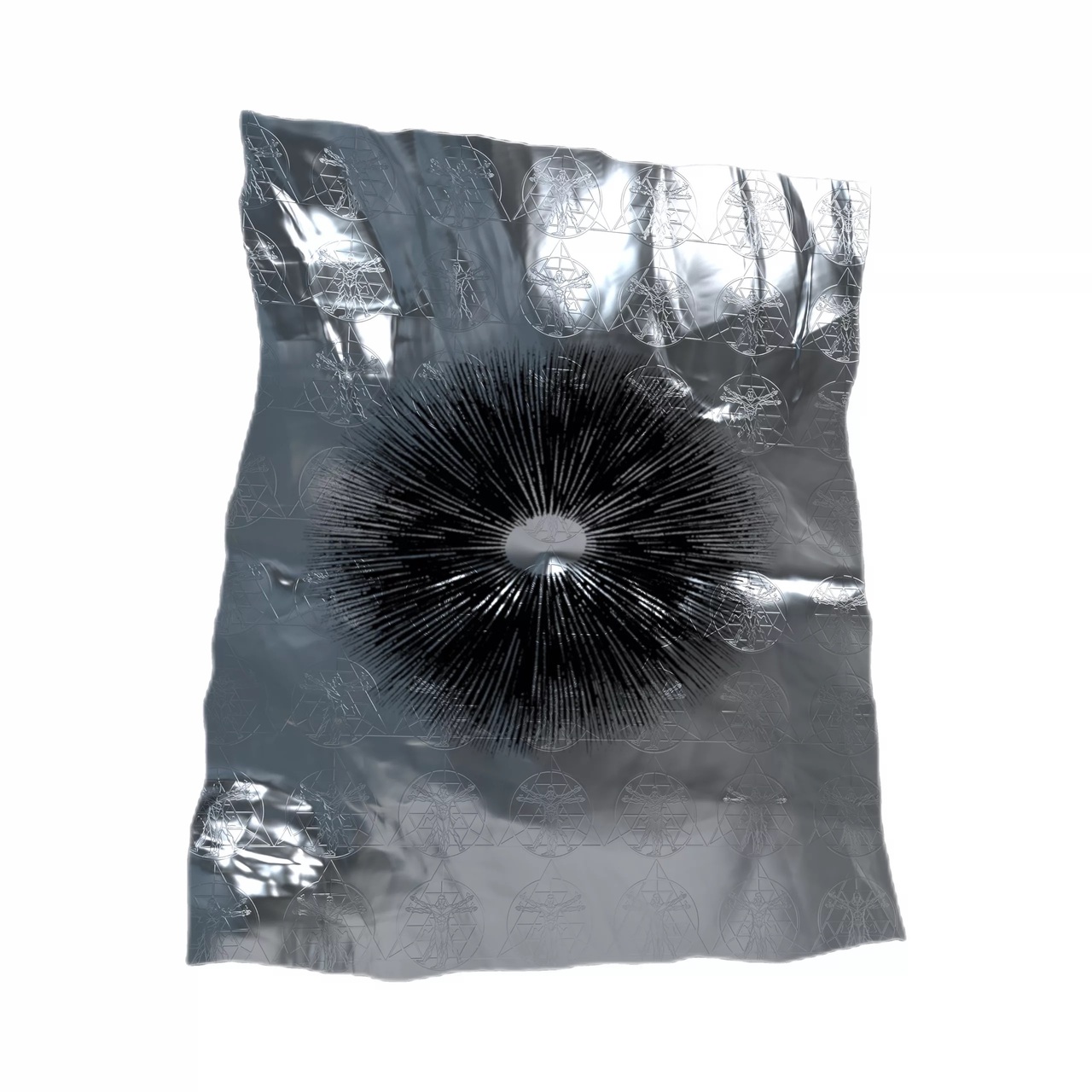


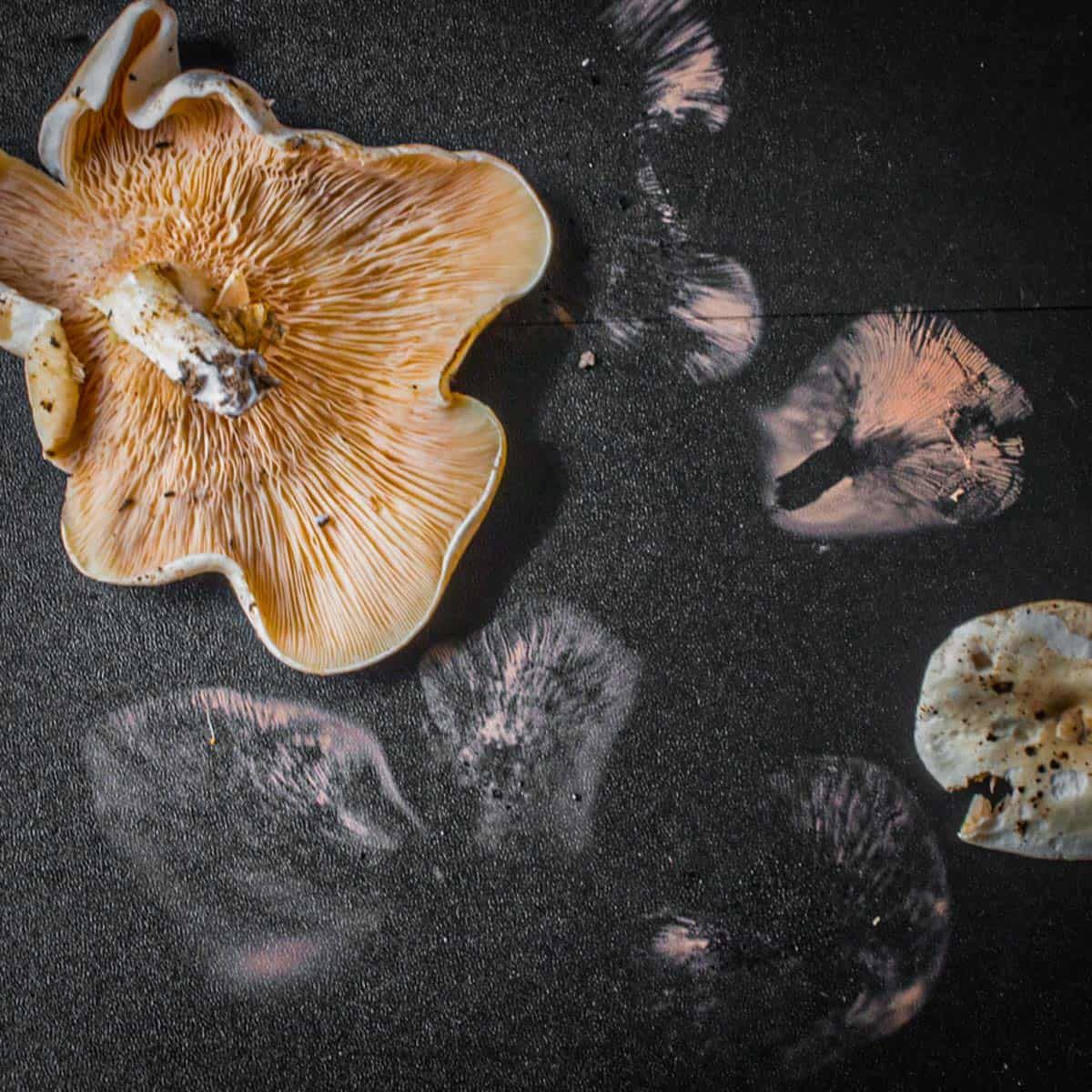


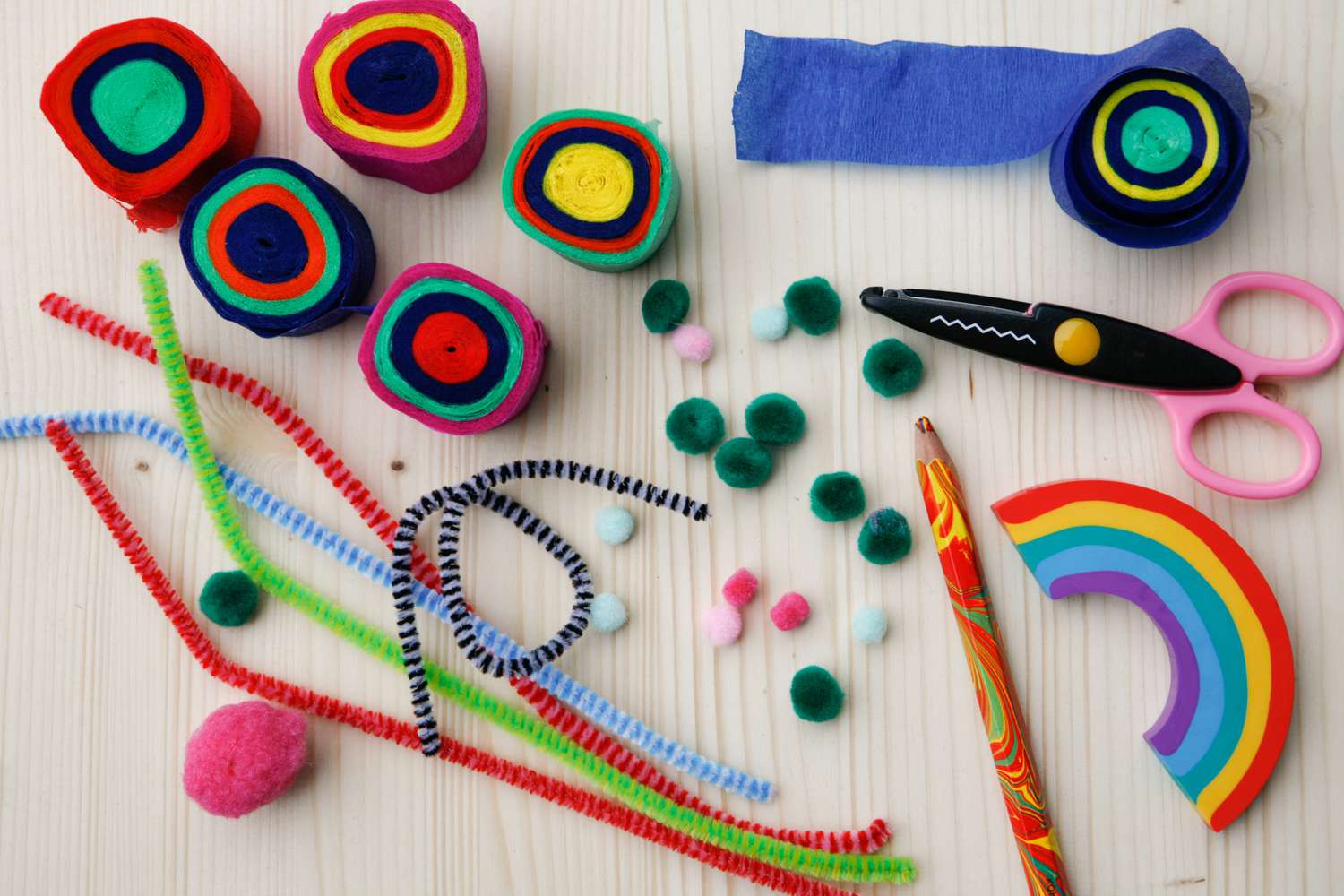
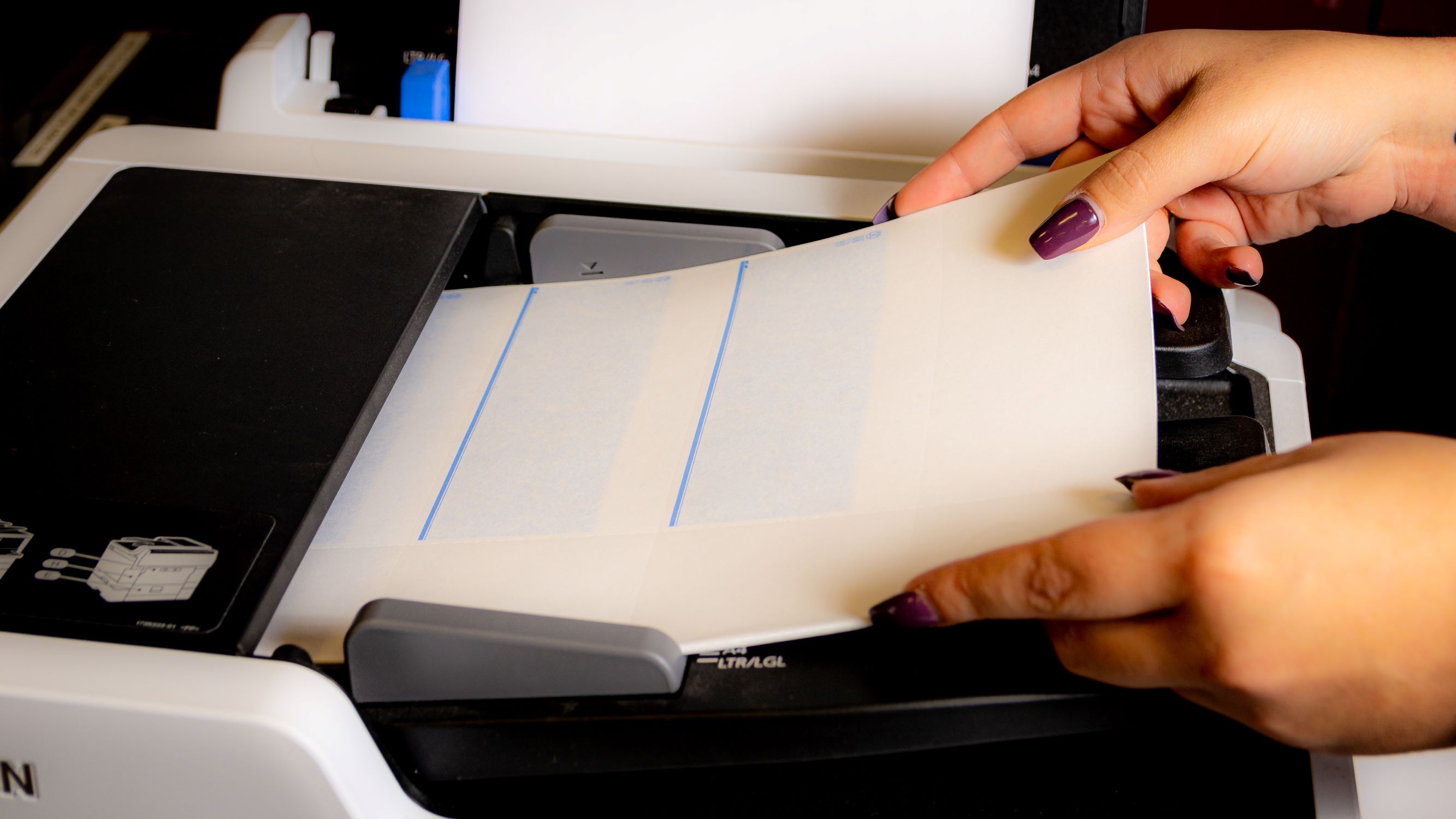


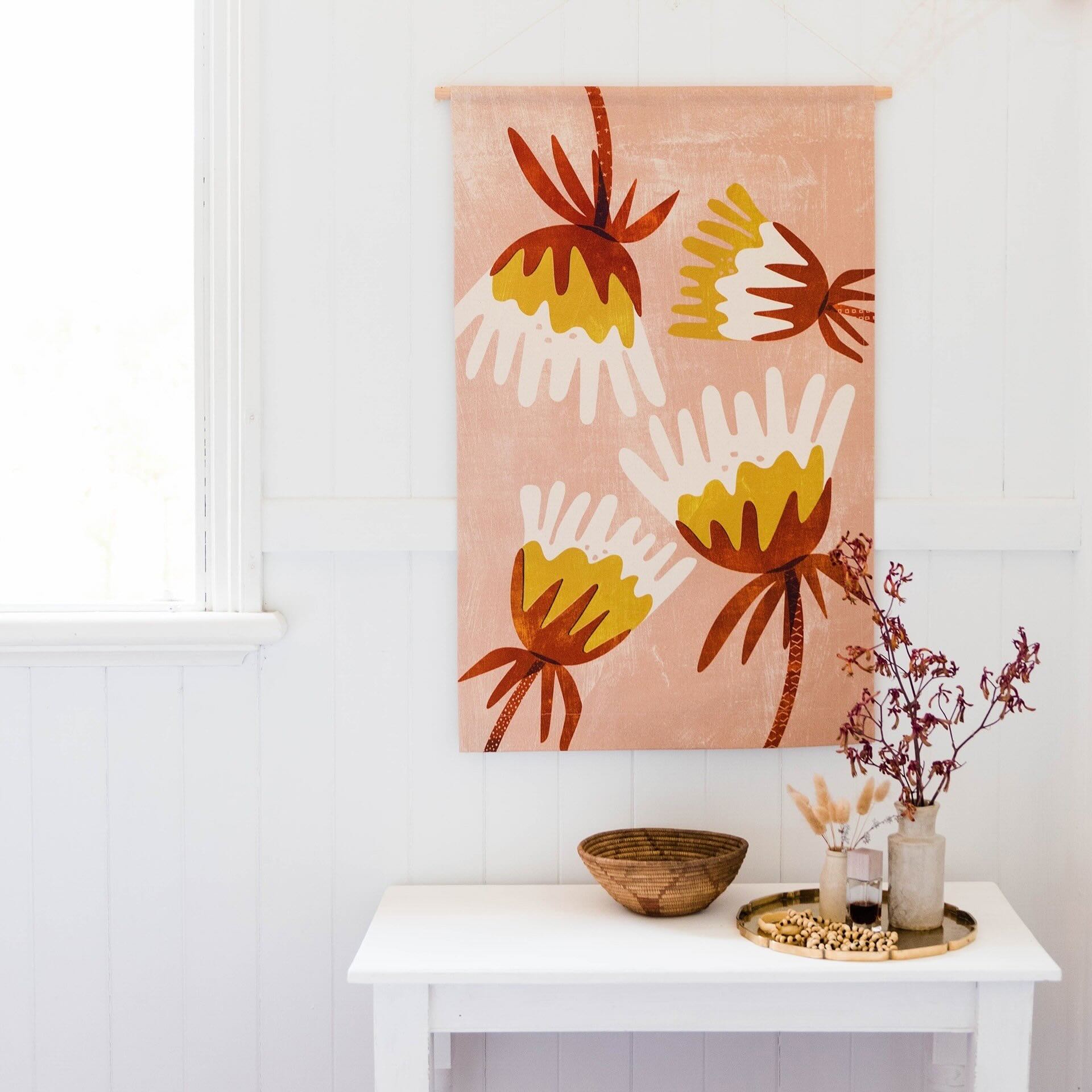

0 thoughts on “How To Store Art Prints”